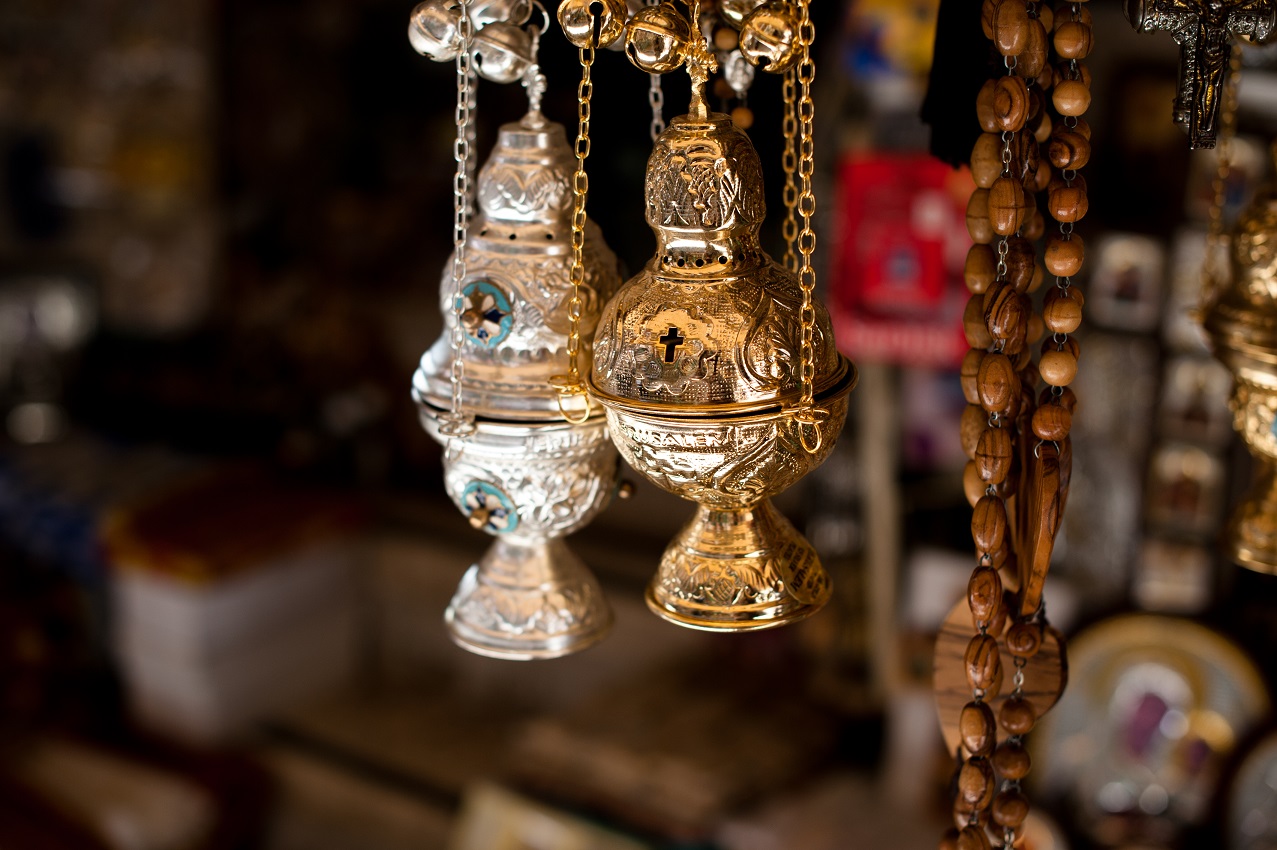Answered by Legionary of Christ Father Edward McNamara, professor of liturgy and dean of theology at the Regina Apostolorum university.
Q: It appears that a deacon is never distinctly incensed at Mass, and the General Instruction of the Roman Missal is quiet about this practice. Four places in the GIRM talk of the liturgical items and the categories of people to be incensed, taking into account their distinct roles at Mass, but there is nothing explicit about the deacon. The deacon at Mass plays a distinct role between the priest and the lay faithful as an ordained minister though without the priestly character to effect the Eucharistic sacrifice. Particularly, No. 178 of the GIRM says that «the priest, because of his sacred ministry, and the people, by reason of their baptismal dignity, may be incensed by the deacon or another minister.» Is there any other document of the Church that can help clarify this practice of not incensing the deacon at Mass? The reason for this question came about in me when it occurred at a Mass recently that the deacon who was incensing the bishops, priests and the people argued out that he had to incense the deacons present as well before the lay faithful after incensing the bishops and priests, because they were permanent deacons and they share in the ordained ministry of the Church and as such they too should be incensed apart from the lay faithful. I thought it was not right for the deacon to make that change from what people are used to, but I wonder if we have any theological reason that supports this tradition? The deacon’s reason for making the distinction between permanent deacons and transitional deacons was that the transitional deacons are not supposed to be incensed because they are on their way to becoming priests, while it is correct to incense permanent deacons since they are not intending to be priests. This argument puts a distinction in the office of deacons in terms of their destination rather than the character that defines their roles at Mass. It would be great to read you respond to these issues. — R.O., Torit, South Sudan
A: Let me first address the second query. There is no liturgical difference whatsoever between transitional and permanent deacons. Both are fully clergy, both carry out the same liturgical roles and are subject to the same ritual gestures.
There may be some differences, outside the strictly liturgical ambiance, with regard to aspects such as the extent of their obligation to pray the Liturgy of the Hours and the use of clerical dress, but these differences do not affect their status with respect to holy orders or as clerics.
I would say that the GIRM does not address the question of incensing of deacons for the simple reason that this document describes above all celebrations in a parish setting in which there are one or two deacons serving.
In this case, nothing is said about incensing a deacon because, in most situations, he is the one doing the incensing. After the principal celebrant the concelebrants, if present, are incensed as a group.
The situation described by our reader is a large concelebration with the bishop and many priests and deacons present. This would probably mean that some deacons would be carrying out their ministry during the celebration while others would be present as clergy or only assisting at the moment of communion.
In this situation, the book of reference is not so much the Roman Missal but the Ceremonial of Bishops.
The Ceremonial of Bishops is more detailed, although even this text does not mention the presence of numerous deacons. This is probably because it concentrates on the deacons carrying out a liturgical ministry during the celebration and because the possibility of a numerous diaconal presence is relatively recent in the Church.
No. 96 of the Ceremonial says the following:
“Whether he is at the altar or at the chair (cathedra), the bishop receives the incensation standing and without the miter, unless he is already wearing it.
“Concelebrants are incensed as a body by the deacon.
“Lastly, the deacon incenses the people from the place most convenient. Canons who are not concelebrating or a community assembled in choir are incensed together with the people unless the spatial arrangement suggests otherwise.
“Bishops who may be present are also incensed along with the people.”
Although deacons are not specifically mentioned, those who are present without officiating would probably be in an analogous situation with the canons or a community in choir. Therefore the logical option would be to incense them along with the people.
Since this is the practice for even bishops who may be present, it can hardly be interpreted as a slight toward the order of deacons.
It is also logical that there is no separate incensation of the officiating deacons after the concelebrants. There would usually be only one or two such deacons and they are probably standing beside the bishop and were already present when he was incensed.
Finally, if a concelebration is so numerous that the concelebrants exceed the capacity of the sanctuary and occupy the first pews, there is no separate incensation of the clergy. All present are incensed together after the principal celebrant.
* * *
Readers may send questions to zenit.liturgy@gmail.com. Please put the word «Liturgy» in the subject field. The text should include your initials, your city and your state, province or country. Father McNamara can only answer a small selection of the great number of questions that arrive.



